If you want to improve your organization's online presence, you can utilize two ways of online marketing. The options are called “Organic” and “Paid” marketing, and both of them can cause your online presence and or visibility to increase significantly.
As the names imply, “Organic” marketing uses non-paid methods of reaching your (potential) clientele and the other option “Paid” marketing uses paid advertising to grow your online presence.
Now I hear you say, “Paid advertising must be better right? After all, nothing is free.”
Yes and no. Paid advertising is better to quickly get the word out about your business, but that comes at a significant cost.
Alternatively, organic advertising is centered around longevity and consistency but can grow to be just as effective as paid advertising.
But why choose one? When you can combine both methods to create an effective and tailor-made marketing campaign for your organization.
Organic Marketing
Let’s talk about Organic Marketing first.
Organic marketing is made up of creating and releasing content on popular channels like blog posts or video content concerning your niche to name just a few.
It's important to make your content valuable to have the best result.
The optimal type of content to make heavily depends on the user base and the type of channel you post it on.
The most commonly used forms of organic marketing are
- Social media marketing: Posting short and concise posts on the likes of Tiktok, Instagram, X (Twitter) and various other outlets
- Video marketing: Longer form content posted on the likes of YouTube has a large reach as they are usually found on both search engines and the websites themselves.
- SEO (Search Engine Optimization): Creating blog posts, making backlinks, and other ways of making content that’s discoverable by the likes of Google, Yahoo, and other search engines
How to use Keywords and “tags” to help supercharge your organic online presence!
One of the most important facets of a marketing campaign is finding what keywords your target audience is the most likely to search for or preferably what they are already searching for.
To help you understand what we’re talking about I will give you an example.
A doctor that wants to garner more clients in their local area, would usually use keywords about their city and their medical field of expertise.
Say a dentist in Atlanta GA would most likely use keywords like
“Where to book a dental appointment in Atlanta GA” or “What dental products to use for whiter teeth”

Finding targeted keywords is a vital step in the process of creating a marketing campaign.
If you aren’t aware of the correct keywords yet you can potentially waste valuable time that could be better spent working to research the right way of advertising your company.
Paid Marketing
Second on the list is Paid marketing. Paid marketing as the name implies is using so-called paid marketing channels to spread the word to customers on the internet. Usually, this comes in the form of having sponsored advertisements on various channels to grow sales instead of growing your online presence.
Organic marketing is based on growing awareness and getting more people to see your company.
Paid marketing mostly revolves around selling specific products or services. Paid marketing costs money but it has its place and its merit.
Usually paid marketing has instant effects as it gets ordered and then instantly set in motion.
Common paid marketing methods are sponsored advertising and paid advertising.
We will go into more detail about both of those methods.
Sponsored advertising.
- Sponsored advertising mostly involves paying pre-existing brands or online personalities to utilize their audience and put your organization in the eyes of potential customers usually with a personalized part of their content that the audience knows and loves covering your product or service.
- A huge advantage that sponsored advertising has compared to paid advertising is that it usually remains on the platform far longer than your initial marketing campaign resulting in a trickle of people coming to your brand as long as it keeps getting traffic.
- A negative compared to paid advertising with a PPC (Pay per click) model is that sponsored advertising does not necessarily bring people to your website while a PPC model always generates clicks.
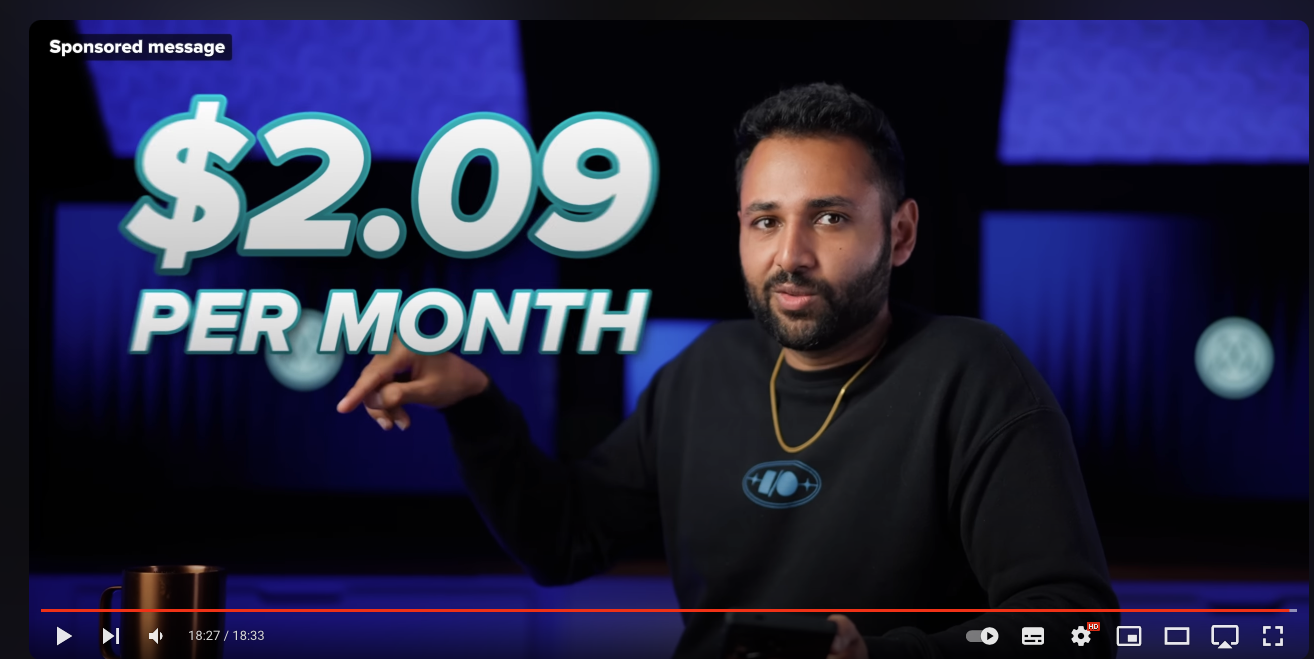
Paid advertising.
- Paid advertising mostly involves having paid ads appear for a specific audience on popular marketing channels with a lot of traffic like LinkedIn, YouTube, Facebook, and Google. After you’ve set up and paid for a paid advertising campaign the advertisements almost immediately appear in front of the audience you specified,
- Usually, paid ads are identified with a text saying “Sponsored” or “Ad” Organically created advertisements do not have this identifier.
- Various paid ad models exist but one of the most common ones is the previously mentioned PPC (Pay-per-click) model. PPC does what it says on the box, every time someone clicks you pay.
- These ads are usually shown on search engines like Google, social media outlets like Facebook or X (Twitter), or online marketplaces like Walmart or Craigslist.
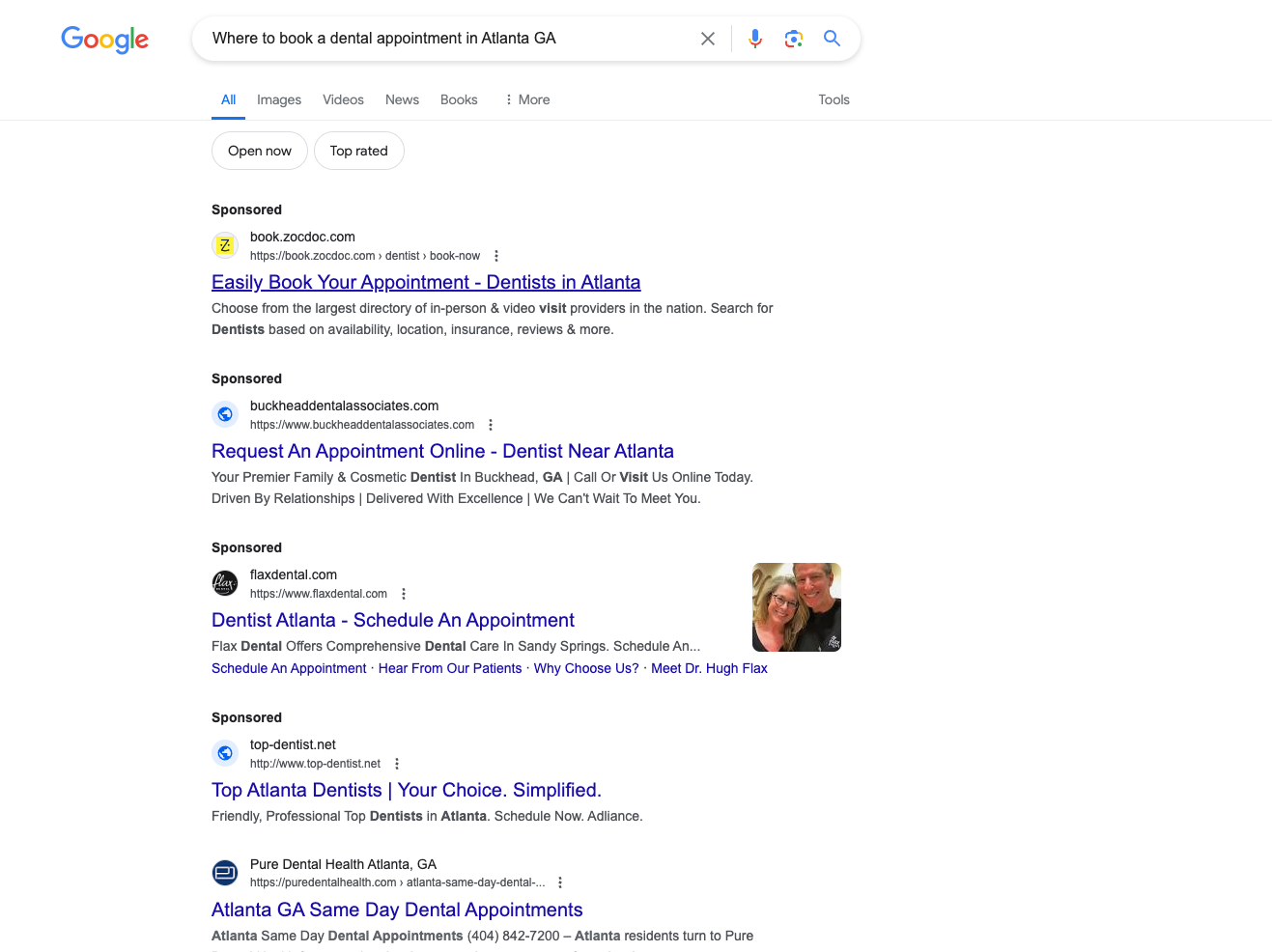
One of the key ways to have success with ads using the PPC model on SERPs (Search engine results pages) is again finding and using the correct keywords.
One thing to realize and include in your budget is the CPC (Cost per click) for the keywords you choose to use.
Paid and organic marketing can use the same channels as one another
Buying ads and creating posts can be done on most prevalent outlets but they are not the same.
- Organic marketing mostly consists of making content regarding your brand and carefully curating it so that your potential customers find it naturally by just browsing through the internet so that you don’t have to spend anything on having people encounter and possibly engage with your brand.
- Paid marketing consists of paying for campaigns to actively let customers see your ads. It usually brings faster results compared to organic content as it can take a long time to accumulate the necessary ranking on the search engines to generate worthwhile customers.
- Paid marketing will deliver near-immediate results depending on the money spent. Paid ads are however not a “buy your way to fame” method as finding the keywords that generate the best results could involve several tries to get the right one.
- Search engines will prioritize organic content that is relevant to the person and it will prioritize if the content comes from high domain authority websites with a lot of users.
To put it in layman's terms Google is less likely to push a blog post from a freshly created website compared to a blog post on a popular website.
While organic marketing is classified as a “non-paid marketing’ method, do keep in mind that you most likely will have to either hire a team or a person to create the organic content used in this marketing method.
They are however mostly costs that aren’t repeated and akin to sponsored content this strategy results in a long-term trickle of customers viewing your content with a low investment compared to paid marketing. Organically created content has the potential to give results that keep giving value long after a paid campaign is typically funded.
As long as the content exists it has the chance to give value.
Organic content does need to be updated frequently to give the maximum yield as Search engine ranking can differ regularly. Algorithms also always evolve with the updates they are given. This could only slightly affect results but it can also completely alter the original results.
Keeping on top of your organic results is always necessary to keep up with changes.
Example of a paid advertisement: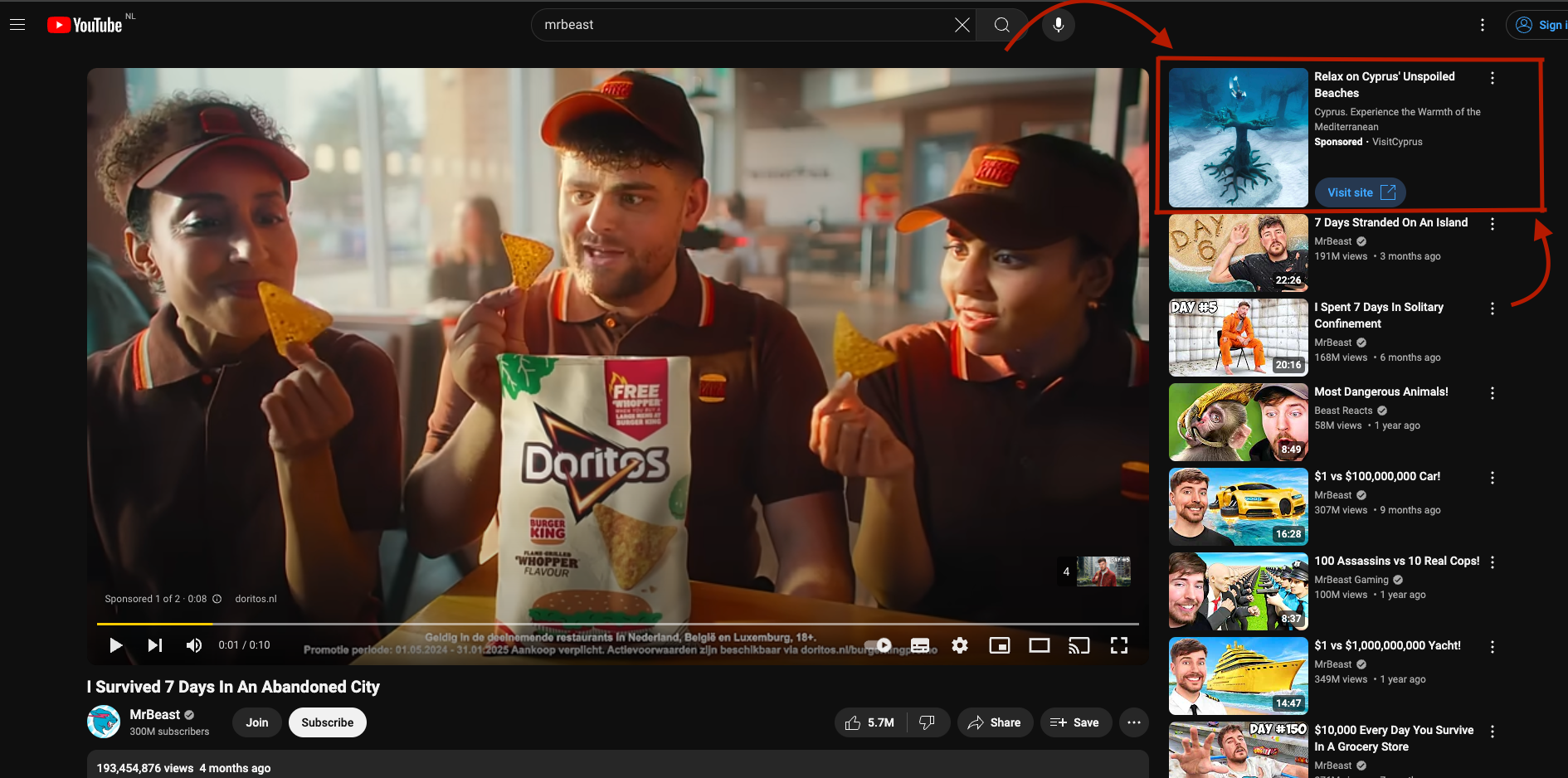
Let’s talk about the different marketing channels.
We will divide them into two categories: Organic and Paid.
- Organic
- Search Engines
- Social Media Outlets
- Email newsletters
- Paid
- Search Engines
- Social Media Outlets
- Spotify ads
Organic Marketing
Organic marketing on Search Engines
Search engines like Google, Yahoo, Yandex, Bing, and DuckDuckGo have insanely huge user bases which makes them a prime way to spread organic content. One of the most common ways to do this is by creating tailor-made content on your website that is well-optimized for search engines with specific keywords.
In the case of Google, it’s important to consider having accompanying videos on YouTube as it closely links to Google results.
It comes down to making sure your content is useful and relevant for your target audience when they use a search engine.
Organic Marketing on Social Media Outlets
Advertising on the biggest social media outlets is most definitely interesting but depending on your brand there are several considerations as to which social media outlet is best suited for you.
Let’s first list some of the biggest social media platforms.
- X (Twitter)
- Tiktok
- Snapchat
X (Twitter) and Linkedin
- X (Twitter) and Linkedin usually have a greater presence of professional and business users as compared to TikTok, Instagram, or Snapchat.
TikTok, Instagram, and Snapchat
- TikTok, Instagram, and Snapchat however have a far greater appeal amongst younger people.
- Depending on your sector you should try to optimize which social media outlet you put the most time and effort in.
- On all platforms, it is important to consistently post and to make sure it’s high-quality tailor-made content. Connecting with your audience in the comments or with events is a big power play in building an organic audience. And again it is important to always keep on top of the analytics on your platform of choice.
Organic marketing with Email newsletters
- Once your website or brand starts to grow in awareness, another great way to keep people interested in your brand is with an opt-in email newsletter containing all the latest information about your company.
- Where the other organic methods have a certain amount of volatility with the reliance on algorithms and Search Engine Optimization, email newsletters give you full control over what your customers see. With a new product launch you can have a specific section with key insights that are not as easily spread via keywords and search results, the people subscribing to newsletters usually are more interested in those details compared to people just browsing the web. So this is a great way to interact and retain your loyal customers.
Paid Marketing
Paid marketing on Search Engines.
Most prevalent search engines allow paid advertising and often include more ways to spread your content. While organic advertisement mostly applies to search results, the integration of search engines with the likes of YouTube, Google Maps, and Google Shopping allows you to run various types of ad campaigns where you are also appearing on different Google or Yahoo services.
Example of an ad on Google Maps: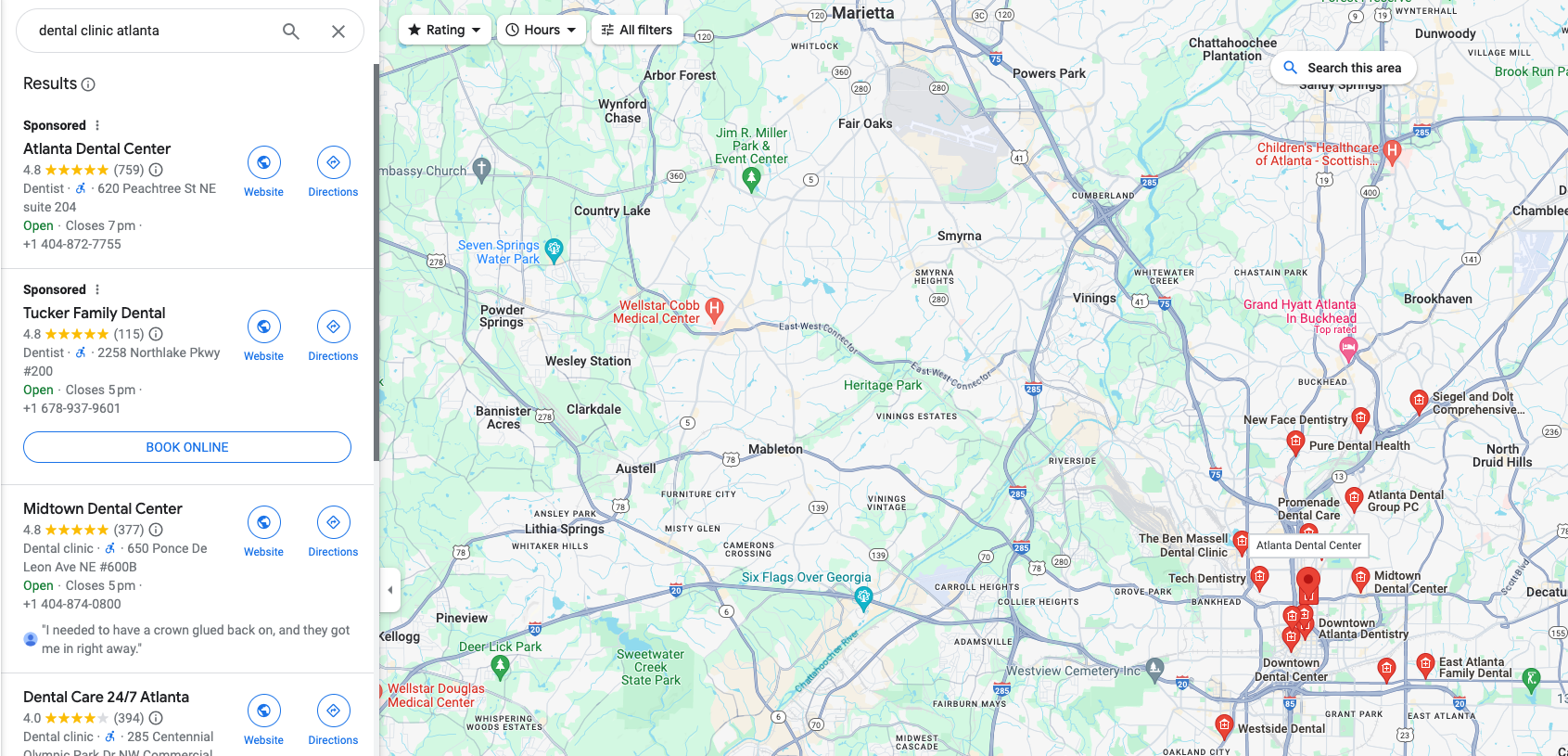
Paid marketing on Social Media Outlets.
Similar to search engines, paid ads are also widely available on most social media outlets. For example, just like with Google, there are different ad campaigns on Facebook where your ad can appear on people’s Feeds or the Facebook Marketplace, or even while people are chatting on Messenger.
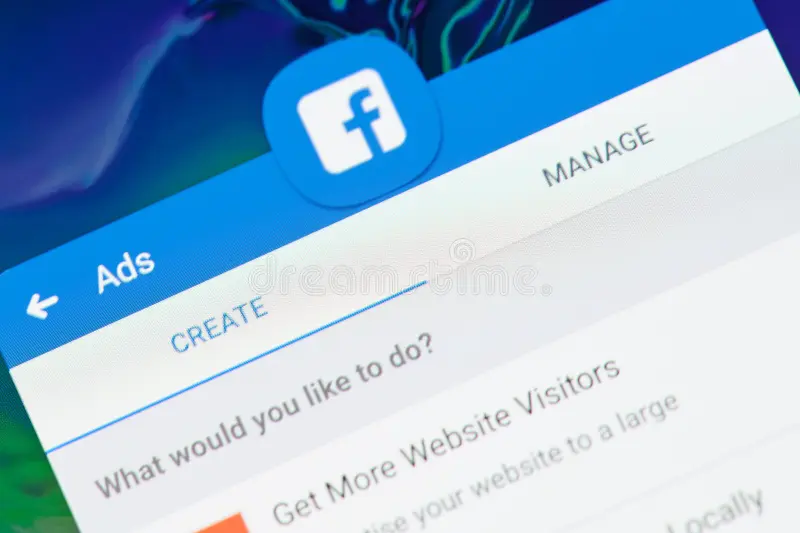
Paid marketing on Spotify
Another great way to advertise is on Spotify. There are two options here,
You can run ads in between songs for people on the basic Spotify plan. You can also place a clickable banner while the ad plays.
A sponsored partnership on a podcast that operates in your niche. This is just like sponsored partnerships on Youtube where it has the advantage that people actively listen on
To end things off there is no “golden bullet” for marketing but it is rather a combination and joint effort between the available methods.
If you want quick and instant results, paid advertisements are a great way.
But to create a healthy audience organically interacting with your target audience will be better in the long term.
THERE IS NO "GOLDEN BULLET" FOR MARKETING BUT RATHER A JOINT EFFORT
Rankrunners
Want to outrun your competition? Book a Free Consultation with RankRunners today.






